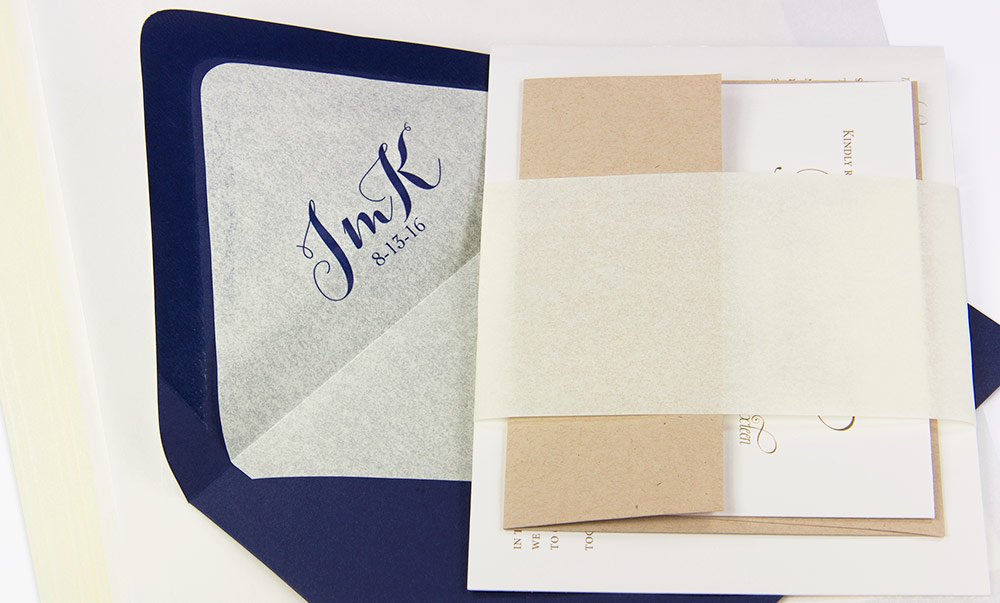


Translucency can occur due to the following properties, If any object is seen through a translucent material, the image appears fuzzy or blurred. Consequently, the light rays emerge in random directions. The light rays get scattered in the interior of such objects. glass) are used for lenses, spherical mirrors, spectacles, and many more.Ī substance is called translucent if it allows partial transmission. Window glasses are transparent in nature. Therefore, a clear image is seen on the other side of the substance. While passing through a transparent object, the amount of scattering is very less. Light rays follow Snell’s law of refraction. Most of the light, incident on a transparent object, transmits through it. The refractive index of transparent substances is nearly uniform. Light rays can pass through these substances. The second that has < 100% light transmission is a translucent object, while that completely blocks the light is opaque by nature.Īll these materials have some properties that we will understand on this page in detail.Ĭomparison of Transparent, Translucent, and Opaque Objects So, the first object that allows 100% light transmission is a transparent object. What these objects are, and why do we study them in physics? Well, physics is all about understanding the science behind real-life objects around us. However, on the other hand, some objects don't even allow light to pass through. Or there are objects that create an obstruction in the path of light and are not as clear reflector of light as clear glass does. Some objects allow light to pass through clear glass. Various objects that we see around exhibit some property. Some examples are oily paper, tissue, some plastics, etc. Any object, seen through a translucent material, appears fuzzy or blurred. A part of the incident light may get reflected or scattered as it passes through the interior of the material. Translucent materials allow partial transmission of light through them. As a result, light rays cannot pass through opaque materials.

Opaque materials either reflect or absorb any incident light. One example of transparent material is pure glass. Any object can be seen through the transparent material. Materials, which allow complete transmission of light, are called transparent. Materials can be classified based on the amount of light they transmit.


 0 kommentar(er)
0 kommentar(er)
